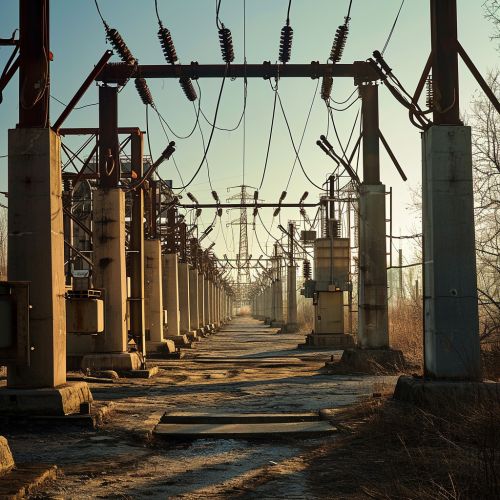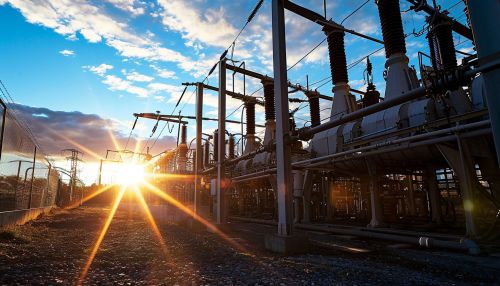Public Utility Management
Overview
Public utility management refers to the administration and operation of organizations that provide essential services to the public. These services include electricity, natural gas, water, sewage, and telecommunications. Public utilities can be owned by the government, private corporations, or a combination of both. The management of these utilities involves ensuring their efficient operation, maintaining infrastructure, setting rates, and complying with regulatory requirements.
History
The concept of public utilities has its roots in ancient civilizations. For example, the Romans built aqueducts to provide water to their cities, which could be considered an early form of public utility. However, the modern concept of public utilities emerged in the 19th century with the advent of industrialization. The need for reliable sources of power and water, as well as efficient waste disposal, led to the establishment of utility companies. Over time, these companies became regulated by government agencies to ensure fair pricing and reliable service.
Types of Public Utilities
There are several types of public utilities, each providing a different essential service.
Electricity
Electricity utilities generate and distribute electric power to consumers. They are responsible for maintaining the power grid, which includes power plants, transmission lines, and distribution networks. These utilities may generate power from various sources, including coal, natural gas, nuclear, hydroelectric, wind, and solar energy.
Natural Gas
Natural gas utilities provide natural gas to homes and businesses for heating, cooking, and other uses. They manage the infrastructure for extracting, processing, and distributing natural gas.
Water
Water utilities are responsible for providing clean, potable water to consumers. They manage the collection, treatment, and distribution of water. In addition, they are responsible for wastewater treatment and disposal.
Sewage
Sewage utilities manage the collection, treatment, and disposal of sewage. This includes maintaining sewer lines and treatment facilities.
Telecommunications
Telecommunications utilities provide services such as telephone, internet, and cable television. They manage the infrastructure for transmitting voice, data, and video signals.
Regulatory Framework
Public utilities operate within a regulatory framework established by government agencies. These agencies set rates, monitor service quality, and enforce compliance with laws and regulations. In the United States, for example, the Federal Energy Regulatory Commission regulates interstate transmission of electricity, natural gas, and oil. State public utility commissions regulate utilities within their jurisdictions.
Management Practices
Effective public utility management involves a variety of practices and strategies.
Infrastructure Maintenance
Maintaining the physical infrastructure of utilities is a key responsibility. This includes regular inspections, repairs, and upgrades to ensure reliable service.
Financial Management
Utilities must manage their finances effectively to fund operations, infrastructure maintenance, and capital projects. This includes setting rates that cover costs while remaining affordable for consumers.
Customer Service
Providing excellent customer service is crucial for utilities. This includes responding to service outages, handling billing inquiries, and addressing customer complaints.
Regulatory Compliance
Compliance with regulatory requirements is a major part of utility management. This involves regular reporting, audits, and inspections.
Challenges
Public utility management faces several challenges. Aging infrastructure, increasing demand for services, and the need to transition to renewable energy sources are major issues. In addition, utilities must navigate complex regulatory environments and manage the expectations of consumers and stakeholders.
Future Trends
The future of public utility management is likely to be shaped by several trends. These include the increasing use of renewable energy sources, the adoption of smart grid technology, and the growing importance of sustainability and environmental responsibility.
See Also
Public Utility Commissions Renewable Energy Sources Smart Grid Technology


